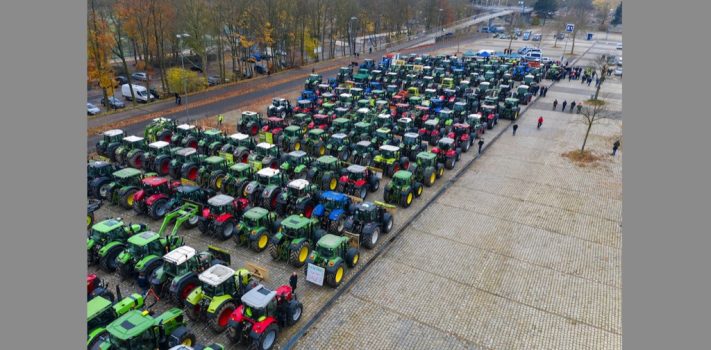The Old Testament of the Christian Bible (which is the whole of the Jewish Bible) gave many astonishing predictions of what will take place during the end of the world as we know it (TEOTWAWKI). The key passages found in the Old Testament include Psalms Chapter 83, Ezekiel 36-39, Zechariah 14, and Daniel 7-12. The last book of the Christian Bible, Revelation, and many other New Testament books are full of end-times predictions.
Jesus combined most of these Old and New Testament prophecies about the end times when he gave the Olivet Discourse (Mat 24, Mark 13, Luke 21). This was Jesus’s last teaching just before his arrest and execution, so at least Jesus considered these end-time events to be important. It is also important to remember that the Bible is primarily the story of the Jews and their Jewish homeland, which includes Jerusalem and the Temple Mount. And the prophecies foretold in the Bible are presented from a Jewish point of view. Since we are constantly bombarded with human ideas and deceptions, wouldn’t it be reasonable to get our “Perception Bias” on end-time events from the most important book ever written?
All these end-time predictions defined at least 11 Key Trends to watch for leading up to the final seven-year Tribulation. As described in Matthew 24, a key condition to knowing these Trends are occurring during the end-times is they all will grow in Frequency, Intensity and Visibility like birth pangs until by Tribulation time they become Unstoppable.Continue reading“End-Times Trends and Pre-Tribulation Events, by R.G.”















